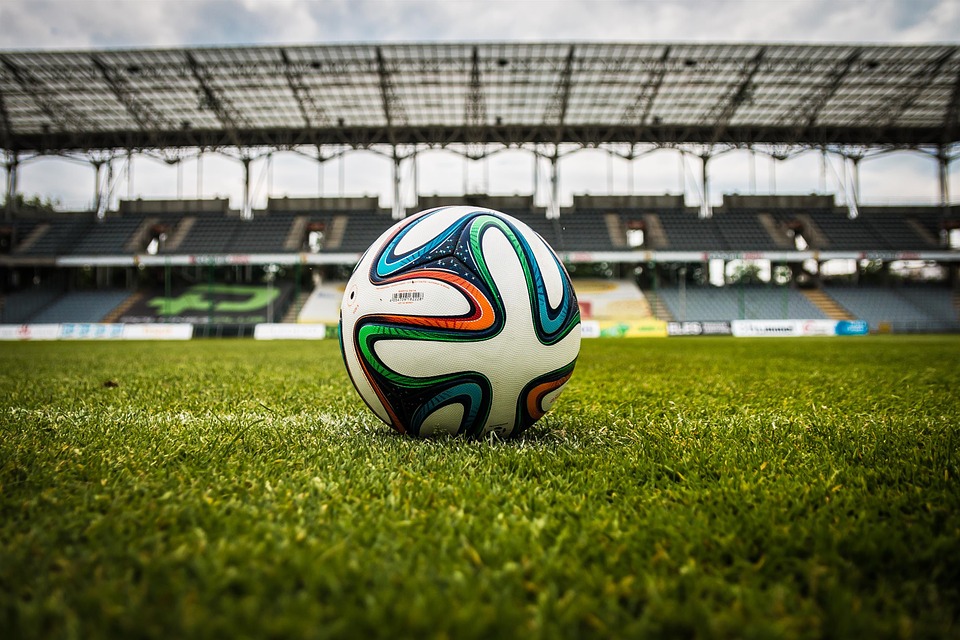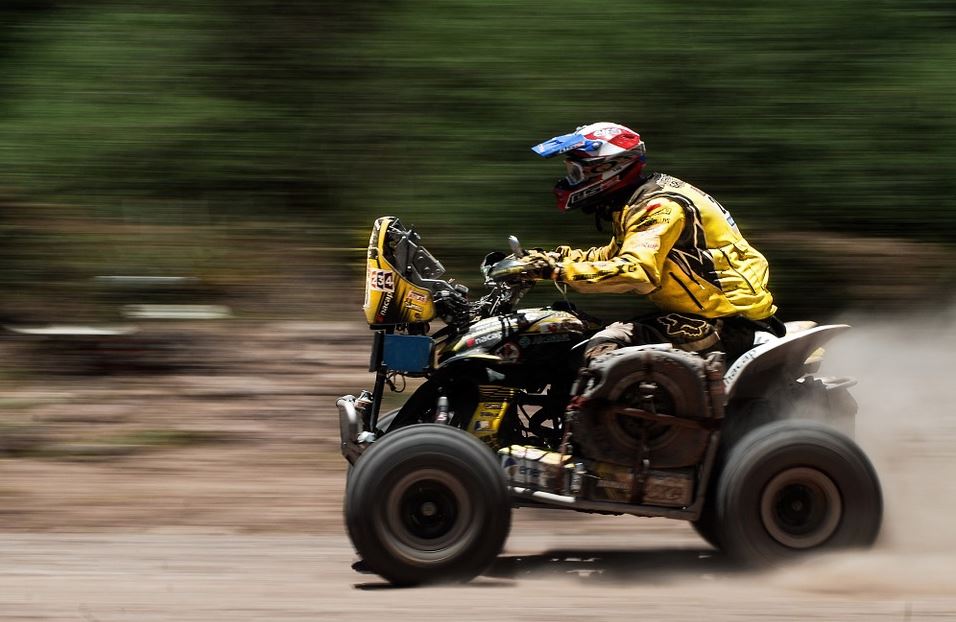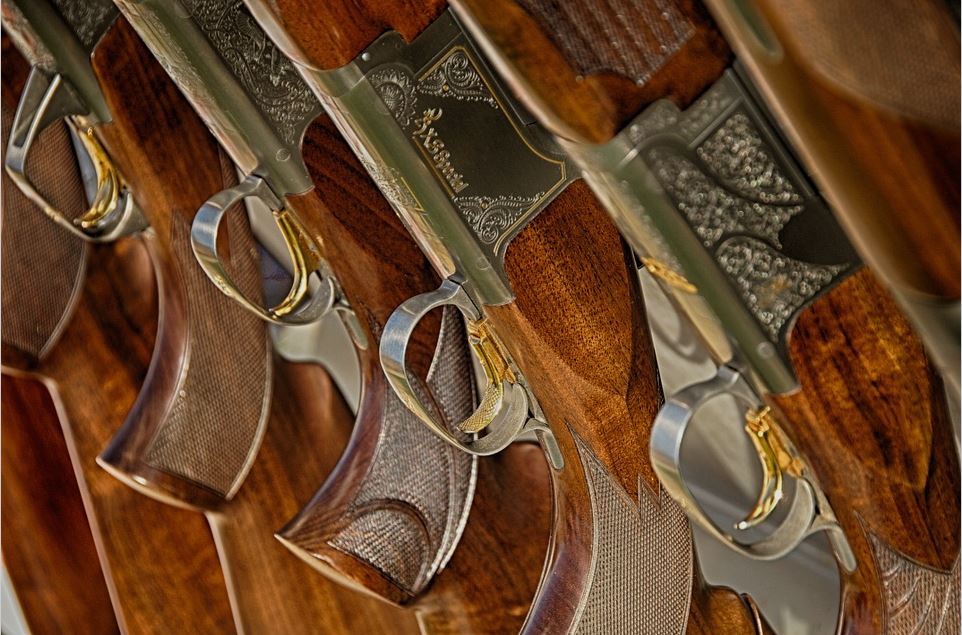Taekwondo is a style of martial arts that originated in Korea, it involves self-defense, combat, sports exercise, and occasionally involves meditation and philosophy. Progressively this form of martial arts became exceedingly popular as in 1989 it was calculated to have the highest number of practitioners. Later on Gyeorugi (a type of sparring) found its way into the sport and it eventually became part of the Olympics in 2000. There are two types of Taekwondo – traditional and sport; there are also a number of techniques involved in this art that set it aside from other martial arts.
The first type of taekwondo is known as traditional, it follows the original foundation as it was established in the 1950s and ‘60s in South Korea. This style tends to follow the culture, philosophy, and history of its origins. In addition, the movements are the same as they were when initially developed.
The second type is known as sport taekwondo; this is seen in modern day Olympics and is also taught in a number of schools over the traditional form. This style focuses less on the overall culture and philosophy of the taekwondo origin, instead it focuses on speed and competition.
The two styles of the sport are practiced under The World Taekwondo Federation and the International Taekwondo Federation.
Ultimately, taekwondo emphasizes on kicks from a stagnant stance, blocks, punches, open-handed strikes, take downs, joint locks, and throws. It is also common that some instructors will teach students critical pressure points that can be exploited in particular situations.
Overall, in this practice the leg is thought to be the strongest, longest, and most powerful weapon that one possesses. If it is properly utilized it can produce a devastating strike against an enemy. In Korean, ‘Tae’ means to strike or break with the foot, ‘kwon’ means to strike or break with the hand, and ‘do’ means the way, method, or path.
Taekwondo has been well known due to its different style of combat that its incorporation of stagnant leg strikes proves to be much different from that of other martial arts. It is apparent through the translation of the name alone that it puts an emphasis on the capabilities of the leg and arm in an attack situation.
A student who begins practicing this type of art can expect to physically develop strength, balance, speed, and stamina. In addition to this, if one chooses a more traditional school then there will be a number of other spiritual and emotional progressions.
Featured images:
- License: Royalty Free or iStock source: http://www.istockphoto.com/stock-photo-15169473-karate-male-fighter-young-high-contrast-on-black-background.php
Learn taekwondo in Chandler, AZ from Sandoval Freestyle Karate Chandler, where kids, adults, and seniors of all skill levels are taught martial arts and self-defense.





